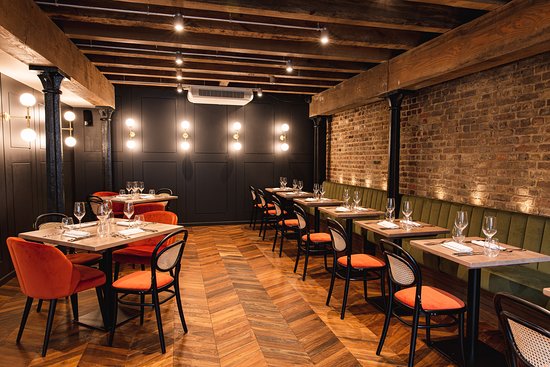Virtual Restaurants
Virtual restaurants are businesses that operate online and have no physical locations. They have been around for a while alongside third-party delivery services like UberEats and DoorDash. The pandemic has changed the business model and made virtual restaurants more accessible. Maple and Green Summit, for example, owned and operated ghost kitchens. They even delivered in some cases. Franklin Junction and Next bite saw increased interest in 2020. These companies connect virtual brands to independent restaurants with additional kitchen capacity. These businesses can fulfill delivery orders for virtual brands.
These new brands focus on QSR products that are easy to transport and have a simple design. The most popular item is chicken wings across the major U.S. delivery services. This is due to the many commodities product manufacturers that can easily be found on Amazon for items like phone chargers and selfie sticks. There are often only one or two signature items per brand. These items are easy to source from many kitchens and can often be produced quickly.
Virtual brands have been a major topic in the delivery debate over the past year and quarter. It is not clear whether this trend will continue or if there is a shift of restaurant business models. It's less about whether consumers will stop ordering delivery wings, but more about how and where they are prepared. They could be much more efficient in the long-term delivery and storage of most commodities as automation investments grow.
The question in any city is whether it's more efficient to make wings, pizza, or pad thai than producing them at lower prices and delivery times. There are many small kitchens, or there may be a few larger, more centrally-controlled, automated facilities. As the pandemic ends, the spare capacity of independent restaurants will shrink. Independent restaurants may find it harder to run their own kitchens due to virtual brands.
If you look at the larger retail industry, it can help to understand the future direction of the restaurant industry. Many of these companies have been acquired or closed down. These stores create memorable experiences that encourage repeat customers, much like great restaurants. The main distinguishing factors are price and search engine optimization.
Virtual brands and ghost restaurants are growing, and omnichannel operators could become the new standard in the restaurant industry. They could combine in-store displays with dedicated apps, activities such as cooking classes, or shoppable recipes with dedicated apps. This will encourage long-term engagement.
Know more at https://therestaurantzone.com/.

